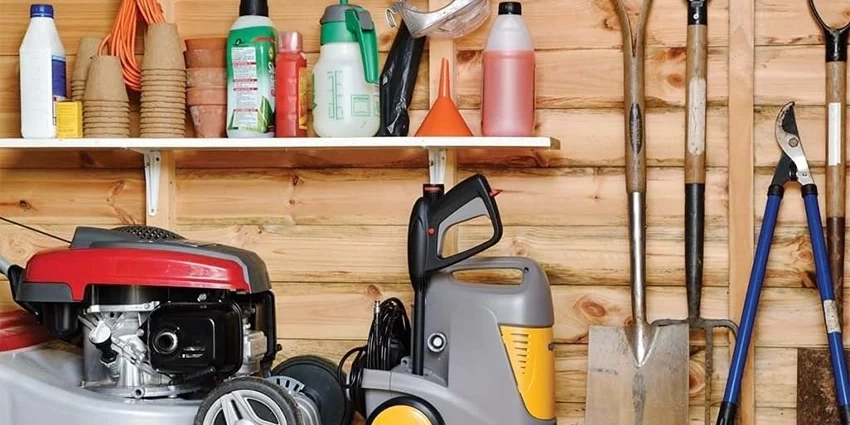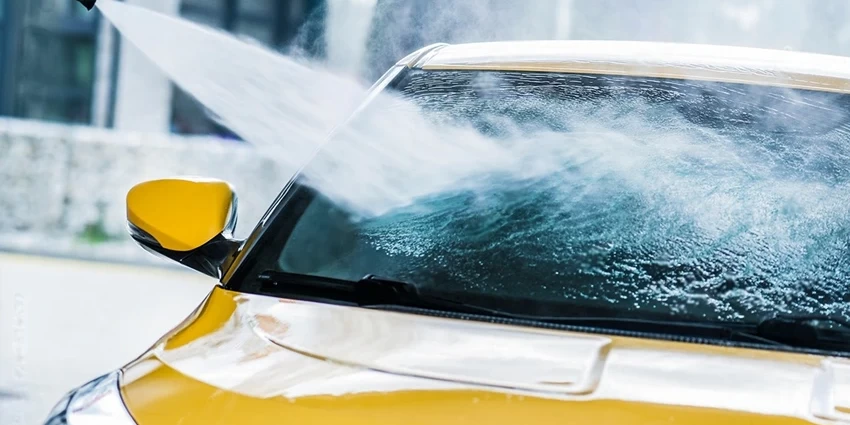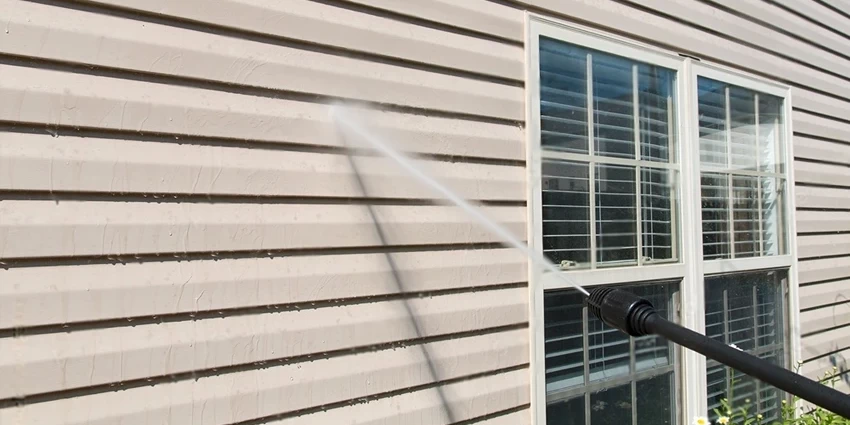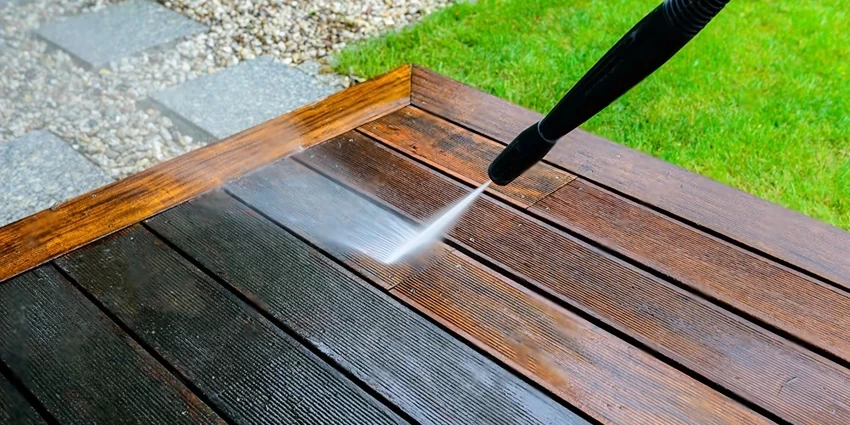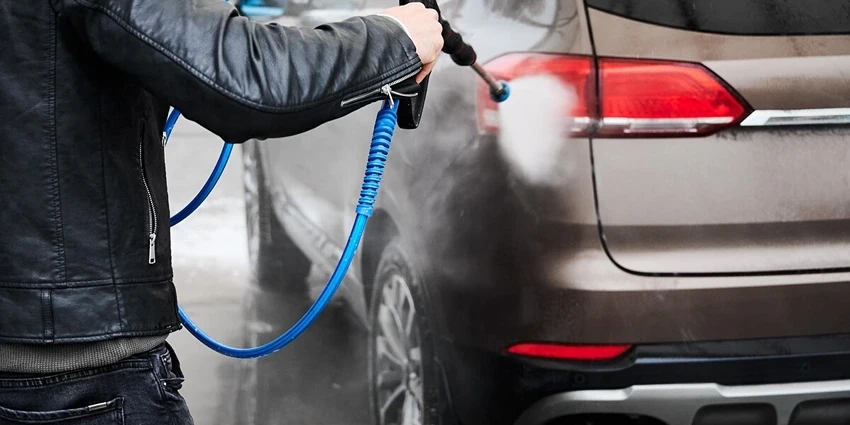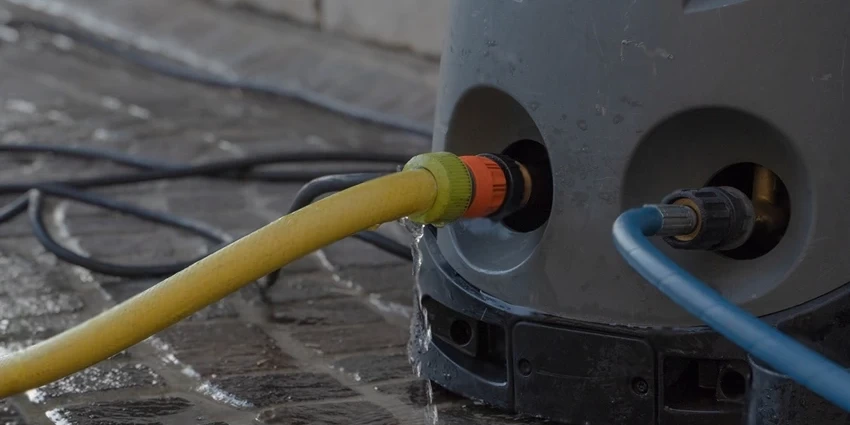All products were chosen independently by our editorial team. This review contains affiliate links and we may receive a commission for purchases made. Please read our affiliates FAQ page to find out more.
Home » Pressure Washing » Cleaning Pressure Washers
Understanding the ins and outs of cleaning pressure washers is akin to unlocking a treasure chest of home maintenance efficiency. These powerful tools can blast away dirt and grime from a variety of surfaces, making them indispensable for homeowners and professionals alike. But, like any valuable piece of equipment, they require regular maintenance to keep them running smoothly and extend their lifespan.
Key Takeaways
- Routine Maintenance: Regular checks and cleaning ensure longevity and prevent malfunctions.
- Safety First: Always prioritise safety by wearing protective gear and following manufacturer guidelines.
- Troubleshooting Tips: Knowing common issues and how to fix them can save time and money.
- Performance Enhancements: Upgrading parts and using the right detergents can boost efficiency.
Understanding Pressure Washers
Pressure washers are a game-changer when it comes to cleaning outdoor spaces. They use high-pressure water jets to remove dirt and algae. Pressure washers can also be used to remove peeling paint from surfaces like decks, driveways, and patios. There are two main types: electric pressure washers, which are lighter and quieter, perfect for smaller jobs and gas pressure washers, which pack more punch and are ideal for larger, tougher tasks. Shop for pressure washers here.
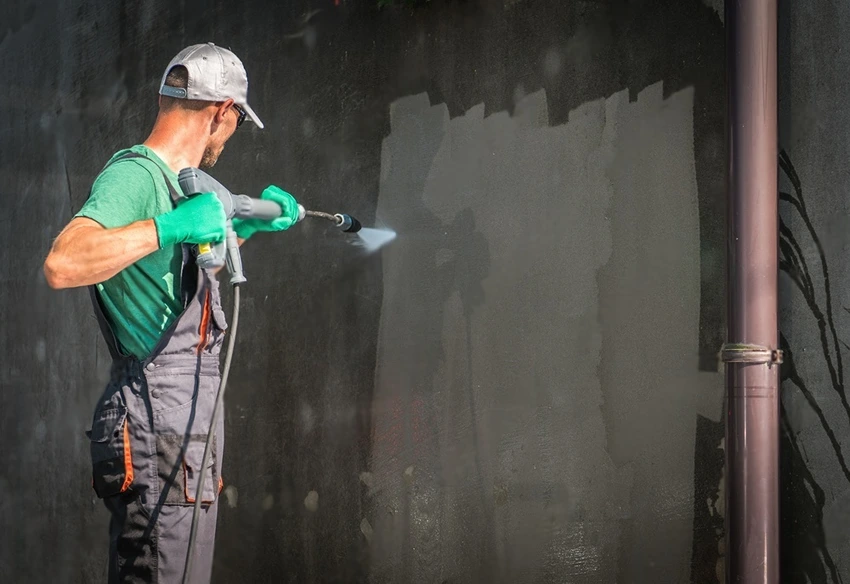
Pre-Cleaning Preparation
Before diving into the cleaning process, it’s crucial to gear up for safety. Protective eyewear, gloves, and sturdy footwear are non-negotiables to guard against the high-pressure spray and any flying debris. Gathering your tools and materials beforehand — such as different nozzle attachments, cleaning solutions, and a garden hose — sets the stage for a smooth cleaning session. Read our guide to your new garden hose.
Maintenance Tips for Pressure Washers
Regular maintenance is the secret sauce to a long-lasting pressure washer. Here’s a breakdown of essential steps to keep your machine in top-notch condition:
Routine Maintenance Overview
At the heart of pressure washer upkeep is a simple yet effective routine that includes inspecting for leaks, checking the oil level, and cleaning the water inlet filter. This not only ensures optimal performance but also heads off potential problems down the line.
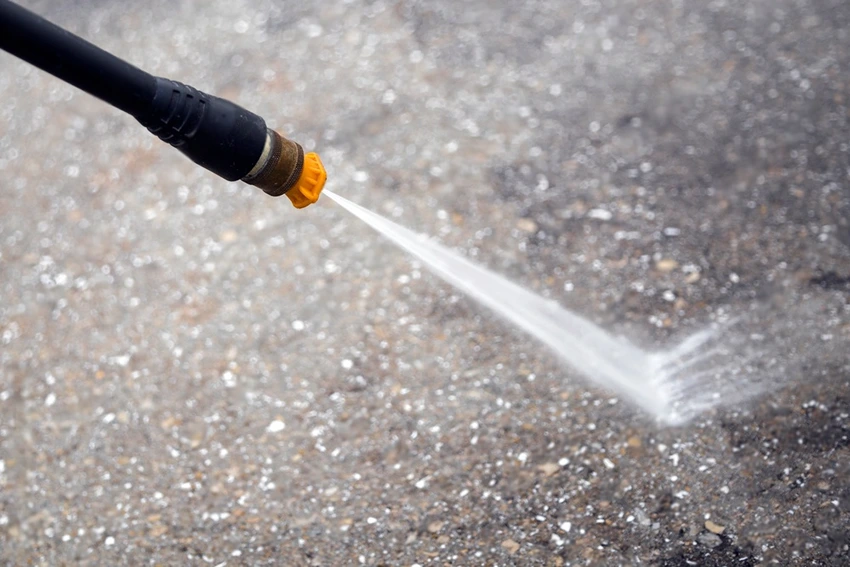
Step-by-step Guide on Cleaning the Pressure Washer
- Cleaning the Nozzle: A clogged nozzle can drastically reduce efficiency. A needle or small wire can dislodge any debris, restoring proper water flow.
- Flushing the System: Running clean water through the pressure washer for a couple of minutes helps remove any residue from detergents or dirty water.
- Checking and Replacing the Hose: Inspect the hose regularly for cracks or leaks. A compromised hose can be a safety hazard and diminishes the pressure washer’s effectiveness.
- Storage Tips for Longevity: Proper storage involves draining all water from the machine, disconnecting hoses, and storing it in a dry, frost-free environment to prevent damage.
| Maintenance Task | Frequency | Importance |
| Check oil level | Before each use | Ensures smooth operation |
| Clean nozzle | As needed | Prevents blockages |
| Inspect hose | Monthly | Identifies wear and tear |
| Flush system | After each use | Removes detergent residue |
By adhering to these maintenance steps, you’re not just prolonging the life of your pressure washer; you’re also ensuring it’s ready and safe to use whenever you need it. Remember, a little care goes a long way in avoiding the frustration of mid-task breakdowns and unnecessary repair costs.
Advanced Cleaning Techniques
When you’ve got the basics down, it’s time to level up your pressure-washing game with some advanced cleaning techniques. These methods not only improve the efficiency of your cleaning tasks but also help you tackle more stubborn dirt and grime with ease.

Troubleshooting Common Issues
Even with meticulous maintenance, pressure washers can run into issues. A drop in pressure, for instance, often points to a clogged nozzle or a leak in the hose. Regularly checking and cleaning the nozzle can prevent this. If your machine starts pulsing or the water flow is inconsistent, it might be time to look at the water inlet and clean out any blockages there.
Leaks are another common problem, usually due to worn-out seals or connections. Replacing these parts as soon as you notice a problem can save you from bigger headaches down the line. Remember, diagnosing and fixing issues early keeps your pressure washer in prime condition.
| Common Issue | Likely Cause | Solution |
| Drop in pressure | Clogged nozzle or leak | Clean nozzle, check for leaks |
| Inconsistent water flow | Blockage in water inlet | Clean the water inlet filter |
| Leaks | Worn-out seals or connections | Replace seals or tighten connections |
Enhancing Pressure Washer Performance
To get the most out of your pressure washer, consider upgrading parts like the hose, nozzles, and spray guns. High-quality accessories can improve performance, offer better control, and extend the machine’s lifespan. Additionally, using the right detergents designed for pressure washers can make a significant difference in cleaning efficiency. Opt for eco-friendly options that are powerful against dirt but gentle on your surfaces and the environment.
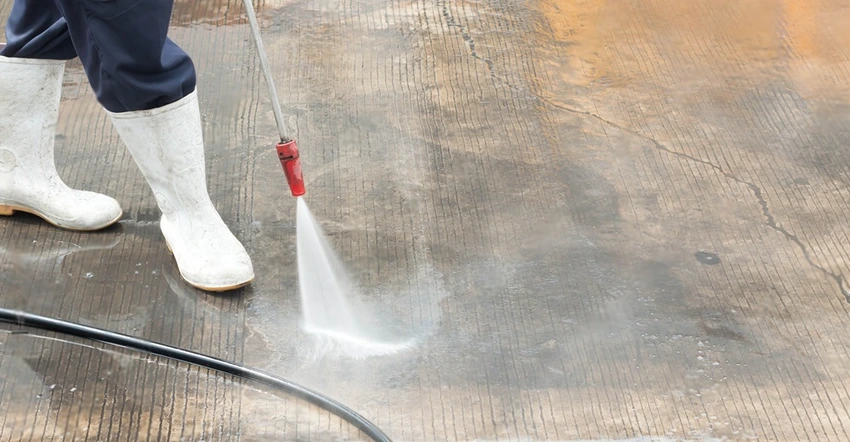
Understanding the specific needs of your cleaning projects allows you to select the right tools and cleaning agents. For instance, a rotating nozzle might be perfect for deep cleaning concrete, while a softer spray is ideal for washing cars to avoid damaging the paint.
| Upgrade | Benefit | Recommended For |
| High-quality hose | Improved durability, better flow | All cleaning tasks |
| Rotating nozzles | Enhanced cleaning power | Stubborn stains on hard surfaces |
| Eco-friendly detergents | Effective cleaning, environmentally safe | Variety of cleaning projects |
Register for our latest in-depth reviews and product round-ups from the experts.
Enter your email address below to receive our monthly review emails.
By entering your details, you are agreeing to our terms and conditions and privacy policy. You can unsubscribe at any time.
Frequently Asked Questions
It’s best to flush your pressure washer after each use to remove any detergent residue and prevent buildup. A thorough cleaning and inspection should be done every few months, depending on how frequently you use it.
Not all detergents are suitable for use in pressure washers. It’s important to use detergents specifically designed for pressure washers to avoid damaging the machine and ensure efficient cleaning. Always follow the manufacturer’s recommendations.
First, check the nozzle for clogs and clean it if necessary. If the problem persists, inspect the hose for leaks or damage. Sometimes, simply replacing a worn-out part can restore full pressure.
A passionate plant enthusiast on a mission to turn every space into a blooming haven. With a love for all things botanical, I'm your gardening guide, sharing quick tips, the joy of nurturing plants, and the belief that every day is a great day to garden. Join me in cultivating a thriving garden paradise—we'll sow, grow, and flourish together in this green revolution!



